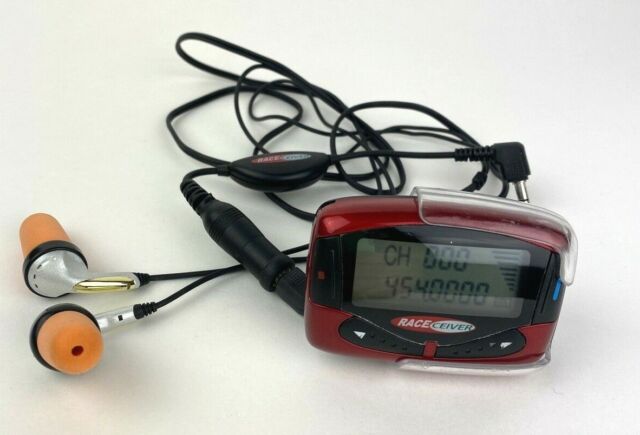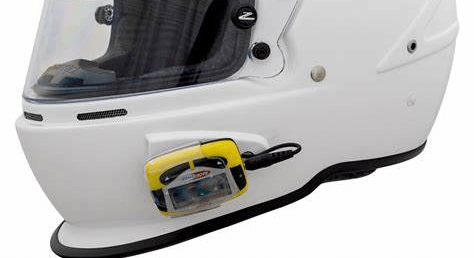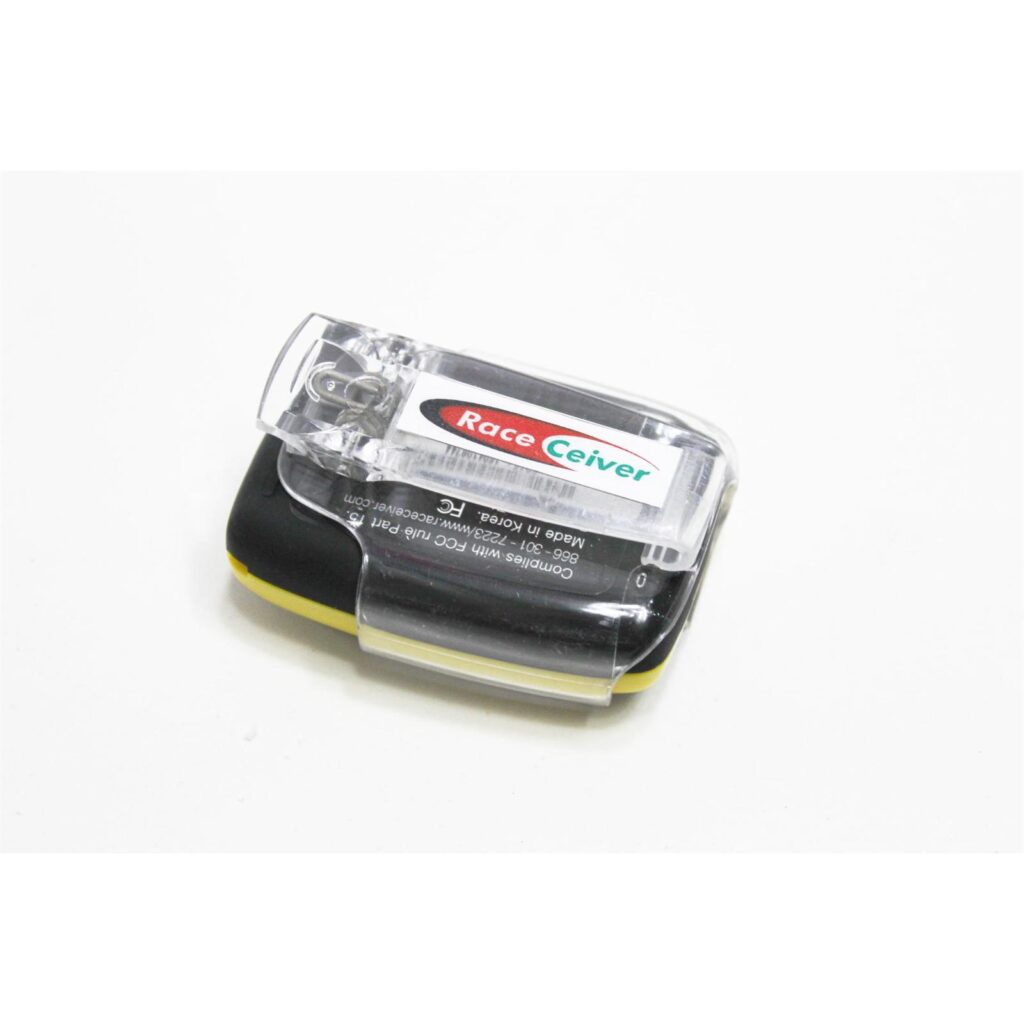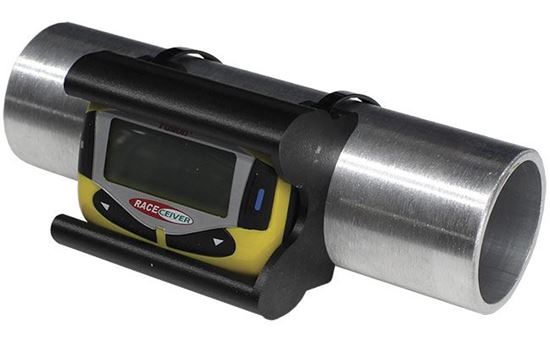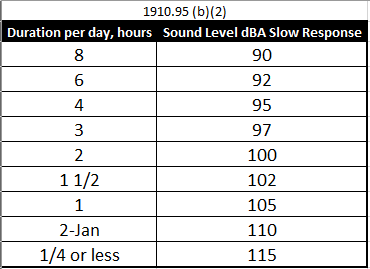The infield flagger points at you excitedly waves a pointed flag and makes a mime gesture that (in his mind) there isn’t any way you could not completely understand everything that is being communicated.
You on the other hand have no clue what that means, but know that you passed that car before the yellow was out and this is YOUR spot.
So it goes. You eventually figure out that they do not agree with your perfect pass and you will have to relinquish that spot or be penalized.
What you are really missing is the rest of the field collectively groaning as the official repeatedly tells you over the radio what you should be doing. You are clueless of all of that because for reason du jour, you cannot hear your radio not even a little bit.
Forty different cars – forty different setups when it comes to one-way radio traffic from the tower to the driver.
Some forgot to refresh their batteries and simply do not hear a single thing.
Racing radios are a big part of keeping the show moving. Officials communicate things like which line of cars should pull into the infield while the other lines up and important things like “red.. red.. red!” or “caution turn 3, stay high”.
If your car is leaking fluid or dragging a bumper or someone wants you to thank the track when you win, communication is important enough a factor to warrant an article this go around.
Starting with the radio part (aka raceceiver)
Right off the start my takeaway is that a raceceiver is frustrating. I have no love for that little yellow/red box in any way. The battery door is not designed to be opened without a struggle.
My big bricklayer hands do not have dexterity for such a delicate maneuver and I often have to result to a small screwdriver or chance breaking the thing. Putting that cheap little plastic door back on is just as challenging.
The function buttons are not intuitive in any way leaving you to guess how to turn the thing on/off, and changing the frequency is going to require you to mess with the thing as you relearn each time what hoops you have to jump through to achieve what you want.
Thankfully many tracks use the default 454 number.
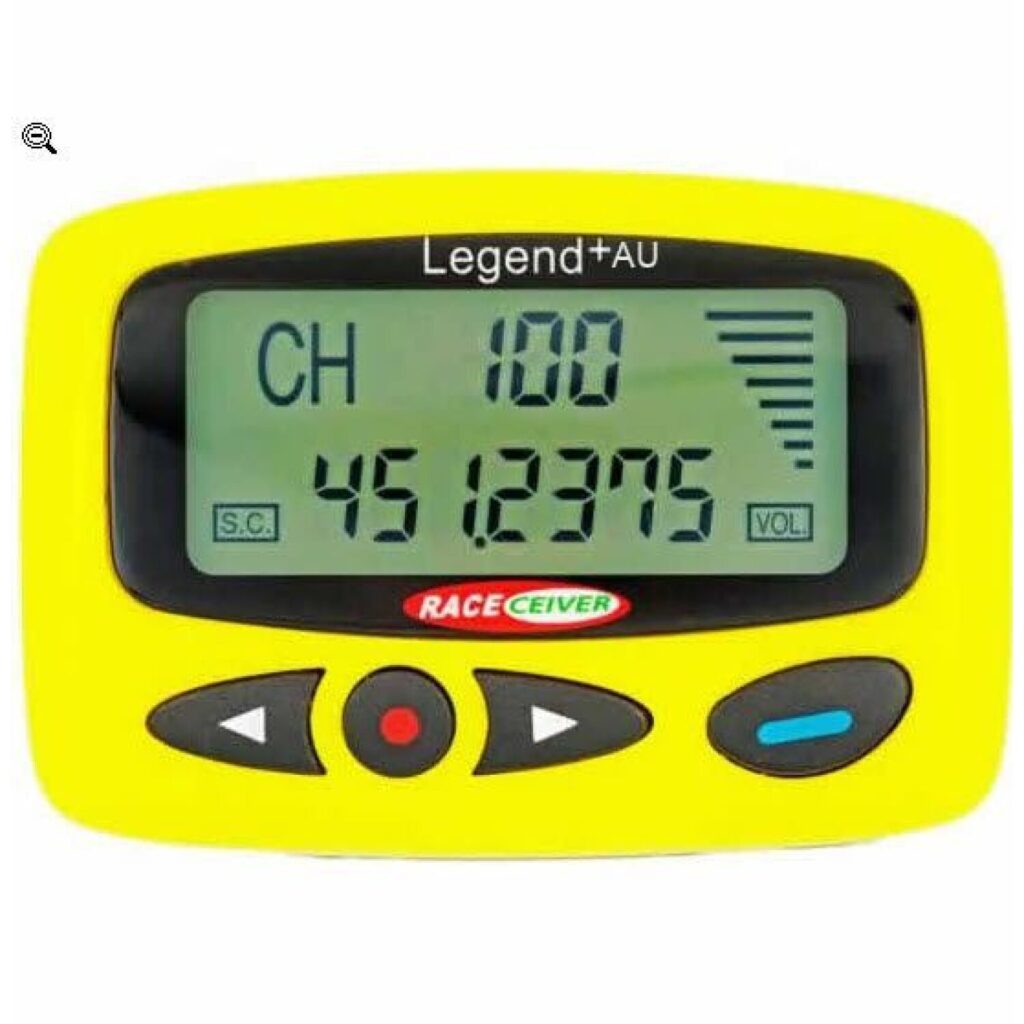
Fresh batteries and the right frequency – all set. Two more items to tackle. Sound volume and mounting.
The volume is tricky because you want to balance what you actually hear in the car. First of all you could potentially blow an ear drum if it is blasting through the speakers directly into your ear.
And.. if you do endure the pain it could be detrimental not to hear your competitors as they sneak to the inside of you coming off the turn. Trial and error is the key here.
You have to set it.. try it.. raise it.. try it again.. until you strike the right balance between being able to hear what you want (racing sounds) and being able to hear what you need (track officials/tower).
Receiver mounts vary from elaborate custom fit harnesses to duct tape. Most receivers come with a plastic mounting clip that you slide the radio into and then clip it somewhere on your race suit. Others have it mounted to the car in some fashion by a bar clamp.
To avoid fighting against the wire, we opted to mount ours to the helmet.
There was a race in 2022 where I was hit so hard in an incident that I pulled off the track – not because the car was damaged – I could still run, but because I was really having a bad race and on top of that the hit dislodged my radio.
I decided it wasn’t worth the risk of losing it to continue with so few laps remaining.
I drove through the infield with my left foot on the radio until I got back to my pit. After that I put a zip tie to make sure it didn’t happen again.
When I put that zip tie on it triggered the preset buttons and changed my frequency half way through the next race.
There is a lesson there somewhere.
Balancing hearing right now and hearing down the road (public service section)
Earlier I referenced blowing out your eardrum. Going to put my OSHA instructor hat on for a moment and talk decibels. Noise in extreme can damage your hearing permanently and actually have a physical effect on your body. If you experience ringing in your ears when you get home be assured it isn’t people talking about you, but your hearing telling you that need to evaluate your hearing protection.
Some of the things this can lead to are:
- Sound induced stress
- Sleep disorders
- Anxiety
- Increased blood pressure
- Fatigue
- Increased heart rate
Race track sounds incite the bodies ‘startle-alert-arousal’ response and that leads our bodies to release secretions that could change the way we race. Fight or flight signals are triggered and it may explain why drivers appear to be one way off the track and another in the car.
Managing sound levels doesn’t negate the speed factor, but could contribute to you having a less-stressed driving style in the car.
Noise levels coupled with time exposure add up to concern.
Instead, just remember that decibels are relative and logarithmic. Relative means that dB is only a useful measurement when compared to other dB values.
Logarithmic means that, for every 10 dB, the corresponding real-world volume doubles. 40 dB is twice as loud as 30 dB, and half as loud as 50 dB.
Short bursts of noise are not the only problem in racing, sound exposure over time can also do damage to your hearing. 115 decibels is loud enough to permanently change your ability to hear after only 15 minutes of exposure.
If you want to learn about racing noise levels, you can download a free app on your phone that will tell you what level of decibels you are hearing.
Trust me when I say, it does not take much in our racing world to get into the range we are talking about. Take a walk around the pits and then up to the track with that app.
You will immediately see that noise levels at the track and in the car should be something we all consider for the long term well-being of our precious hearing.
CDC Noise Comparison Chart
| Gas-powered lawnmowers and leaf blowers | 80-85 | Damage to hearing possible after 2 hours of exposure |
| Motorcycle | 95 | Damage to hearing possible after about 50 minutes of exposure |
| Approaching subway train, car horn at 16 feet (5 meters), and sporting events (such as hockey playoffs and football games) | 100 | Hearing loss possible after 15 minutes |
| The maximum volume level for personal listening devices; a very loud radio, stereo, or television; and loud entertainment venues (such as nightclubs, bars, and rock concerts) | 105–110 | Hearing loss possible in less than 5 minutes |
| Shouting or barking in the ear | 110 | Hearing loss possible in less than 2 minutes |
| Standing beside or near sirens | 120 | Pain and ear injury |
| Firecrackers | 140–150 | Pain and ear injury |
We all lose some ability to hear as we age, but I’d wager you know someone who has raced, is well known, and who will tell you they can’t hear worth a crap.
After a lifetime of construction and racing, I wear hearing aids and let me offer that on the plus side, they are astoundingly amazing technology.
However, they are frankly yet another task to manage in the daily routine of life. I would compare them to the ridiculously expensive sunglasses you probably own.
Practical, but you are scared to take them off and put them on the table at the restaurant for fear of forgetting them. The new wrinkle is going to a health appointment and them flinging off when you remove that mask you are still required to wear for your visit.
To me it is paramount to a legal form of extortion. Mine were in the neighborhood of six grand.. no insurance! Yes, they are amazing, but sweat does them in and even if they work as prescribed I was told they have a shelf life of around 5 years.
In the time that I have had them, the costs are coming down and thankfully this year our union is offering some hearing aid coverage, but still no matter what factor that number down to what it cost a year and you have a truck payment just to be able to hear the person sitting next to you in a restaurant.
I experience a thrill (that you all take for granted with your ‘young ears’) every time I put them on from the simplest things that come back to my world. A chair squeak, the bird shuffling in his cage – all lost without them.
Woulda, coulda shoulda is the lesson here. Learn from other mistakes and figure out how you are going to address this when you start your racecar an go out on that track. Get some foamies in your kids ears at the track.
If you get in your vehicle in the morning and the radio volume is way up from when you drove home from work yesterday it is a telltale sign that your work noise levels are too high also – turn it down and get yourself some hearing protection for work too.
Source information Link: CDC | OSHA Standard for 1910.95
What Noises Cause Hearing Loss? Centers for the Disease Control and Prevention
OSHA Standard 1910.25 Occupational Noise Exposure
Headphone, ear buds or foam inserts
Some serious choices on are available now. Wired, bluetooth, ear buds, wireless, rechargeable.. so on and so on.
I love to watch that moment when the winning driver pulls into victory lane for that interview. The announcer describes the moment while we all watch the driver unhook from his umbilical cords.
Window net, helmet blower, neck restraint and hearing devices followed by the grab of the hat that is somehow in that car for the feature. All with a big smile or a look of grandeur.
The whole thing comes with the pageantry of winning.
I often watch it and think – “what if it wasn’t the winners circle, but an accident how different would it be to remove all of that and get the ‘f’ out of that car”? Different story then huh?
The simplest method of connecting your receiver to your ears is a wired ear bud system. Economically it is easy to replace if damaged. Wires can be run inside your racing suit so they don’t catch and many drivers find it to be a great solution.
Cons to that system are it tugs at you and some find that annoying, the aforementioned fact that it is often fragile and only one side works because a wire breaks.
You have to keep track of where you put them when you disconnected last and if you don’t have a routine sooner or later you will be searching for them when you should be driving up to staging. Lastly, many drivers tape them to secure. That may also take some getting used to.
Alternatively, you can spend a little money and have speaker cups in your helmet. The benefits to this system are sound protection, no wires and the ability to add additional sound protection inserts to further protect your hearing (especially on the motor side of our cars).
EXAMPLE: Zamp Online Speaker Hemet (Replacement)
This is the method that we chose and I can say with confidence it worked for me way better than the wired solution. Like the image above, having the whole system tied to the helmet was the least amount of trouble and most reliable.
I tried to bluetooth to earbuds and that was a disaster. They didn’t connect half the time and shut off when I was racing. Walking around the park path with them great – racing with them.. not good.
I wore a foam insert in my left ear and could still hear the tower just fine. Foam inserts reduce decibels even further over the cups that seal to your ears. It is common for people to think they stop you from hearing what you want to hear, but that is a common misconception and is not true.
Drivers will say that sound of the competition is key to help them pick the lane they are going to run. If you are looking at these communications you should ask other drivers what they have learned and then try the least expensive to see if it will meet your needs.
If you have the funding you can then up the game and gradually improve by seeking out some of the more expensive solutions.

Basic Ear Inserts 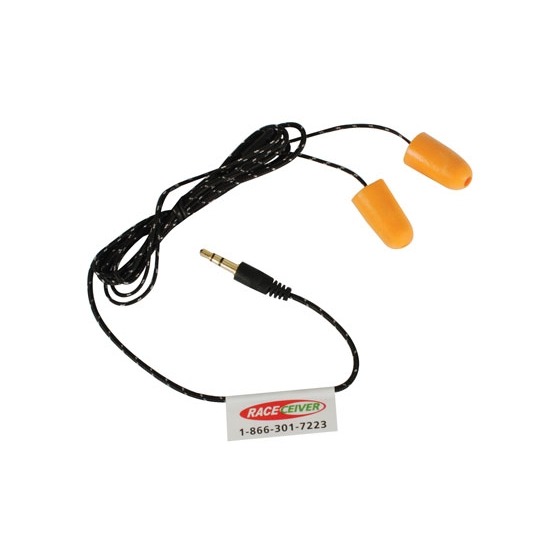
Noise Reduction 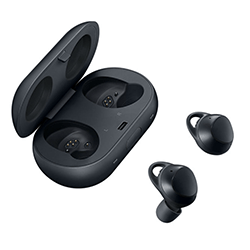
Bluetooth Earbuds
Be thankful that you don’t have to listen to your crew yell at you because you didn’t meet their expectations in some way.
Like all of these articles, they aren’t meant to be the end all be all, but rather an open discussion on ideas and something to help keep us engaged. If you find value, talk about the points and spread the word please so we can grow the Xcel Chassis community.
If you would like to add to the conversation feel free to comment below or reach out to me at keith@xcelchassis.net with your feedback.


